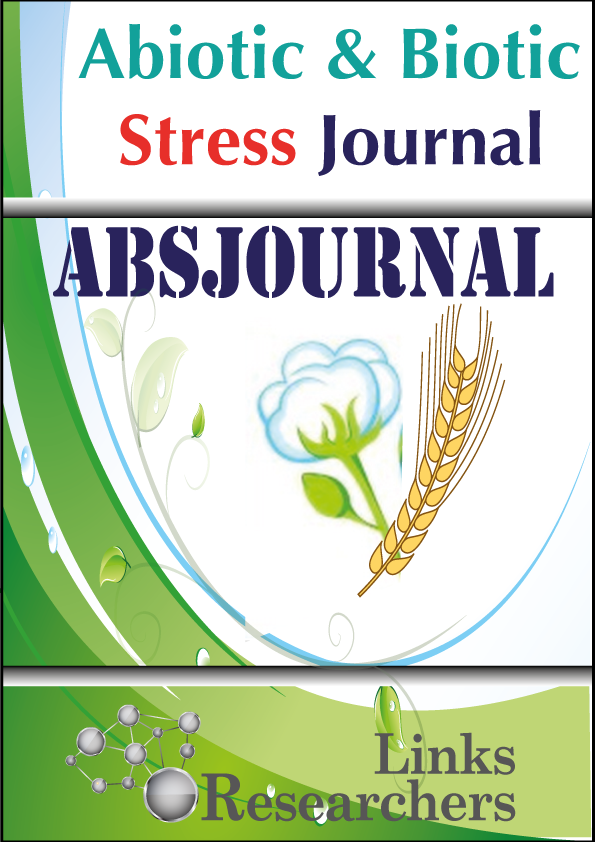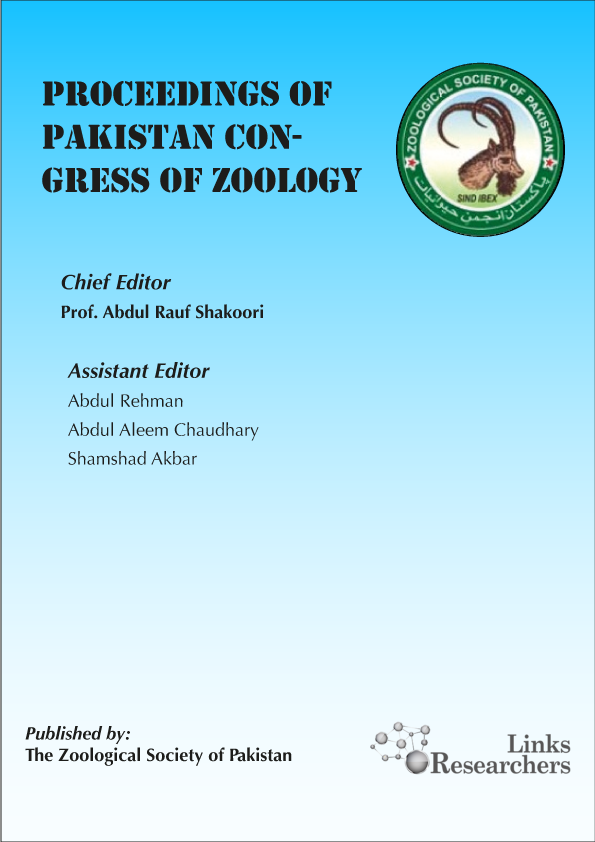Luca Vitale
John Gachohi, Simon Karanja, Salome Wanyoike, Nduhiu Gitahi, Salome Bukachi, Kenneth Ngure
Abdul Aziz Khan1,*, Waseem Ahmad Khan2, Waseem Ahmad Khan3 and Najam-ul-Huda Khan4
Attaullah Ansari* and Nasreen Memon
Naeem Iftikhar1, Qamar Zaman Qamar2, Usman Ali3, Muhammad Siddique Awan4, Syeda Shaista Bibi4, Riaz Aziz Minhas4*

















